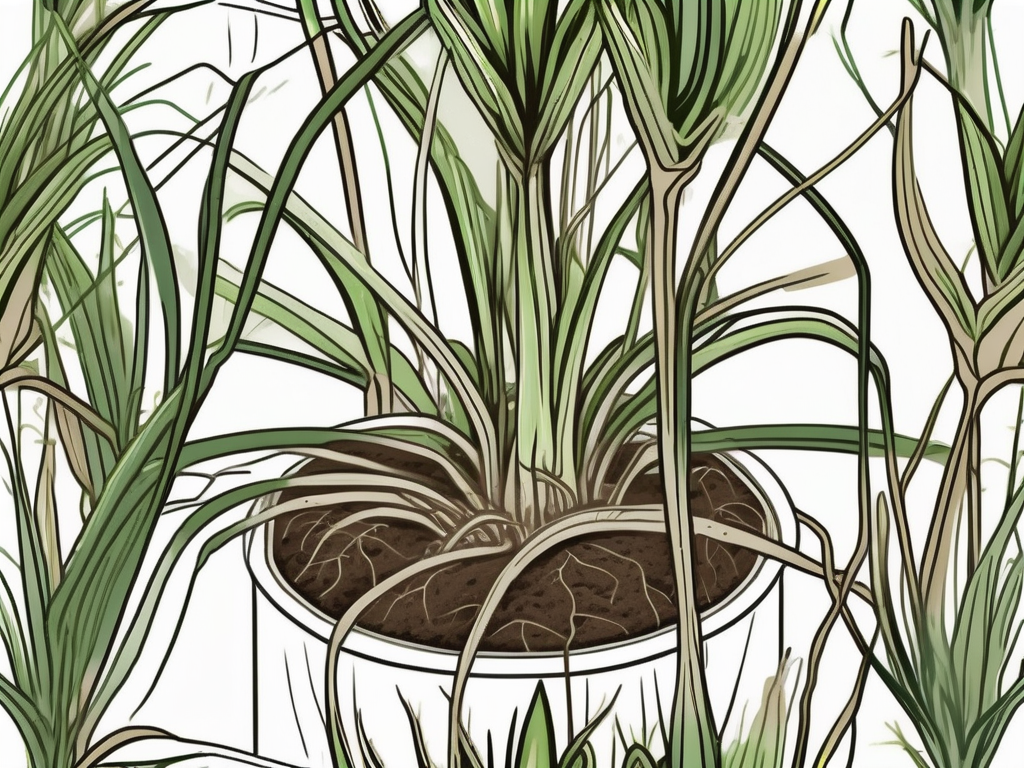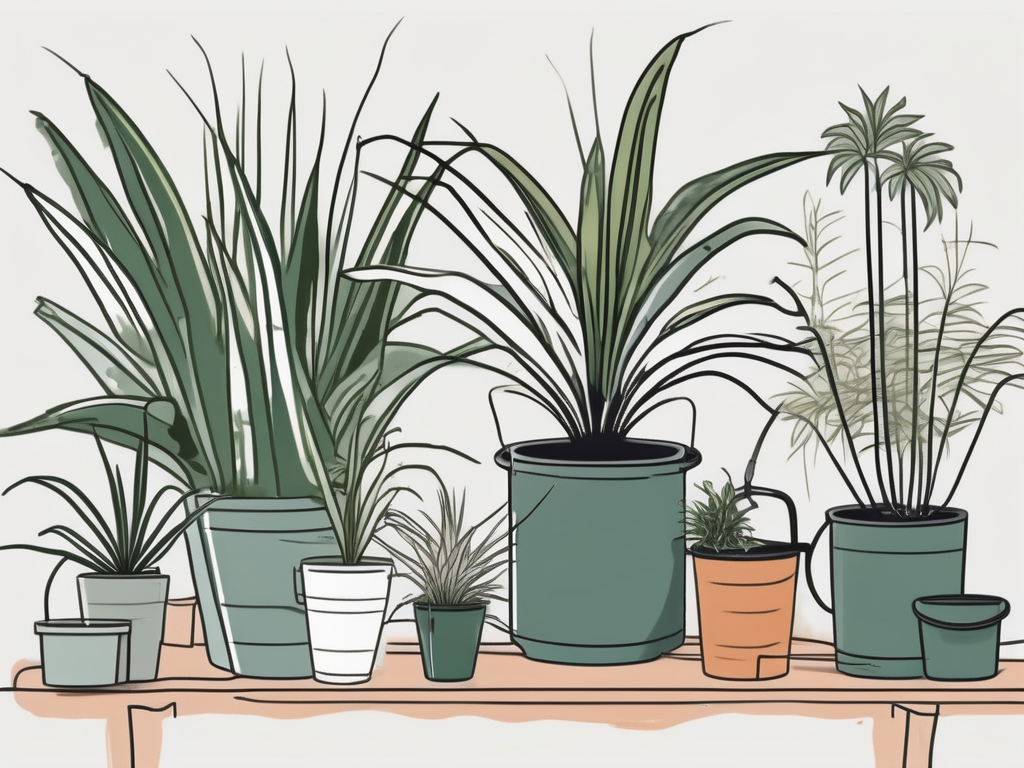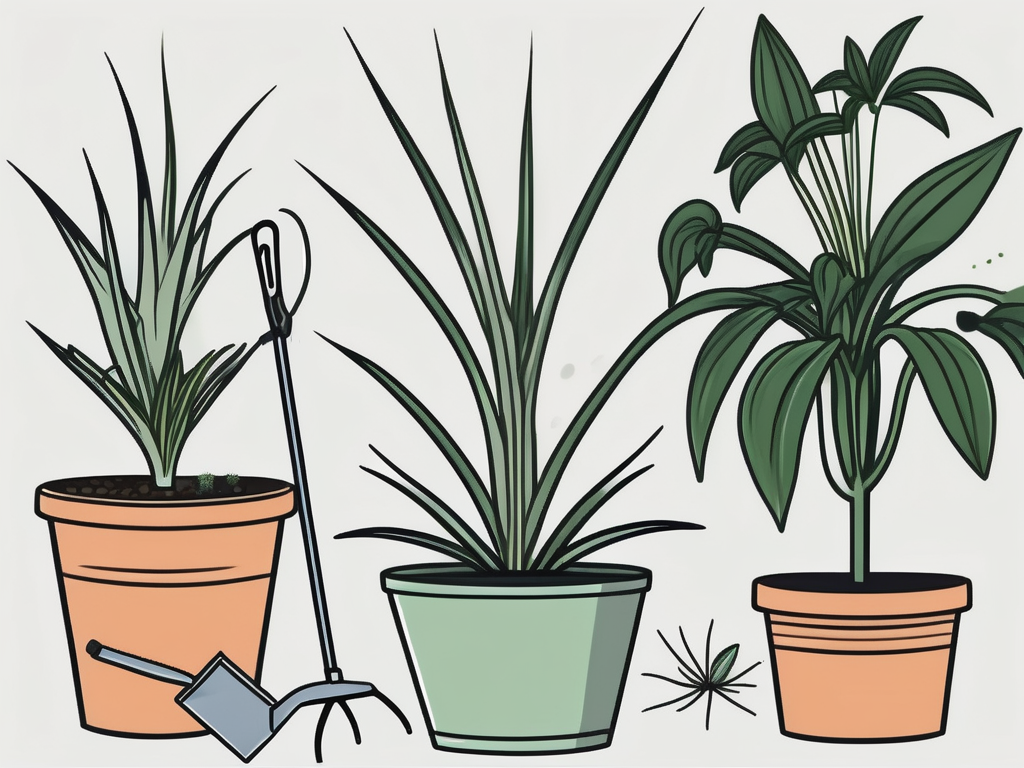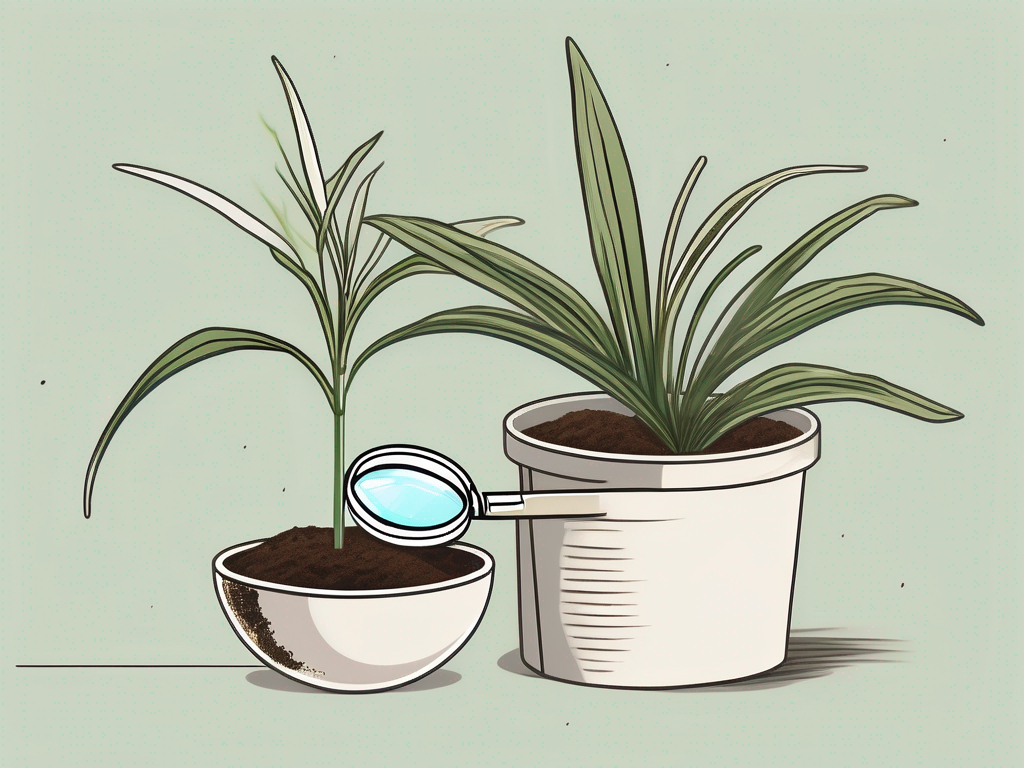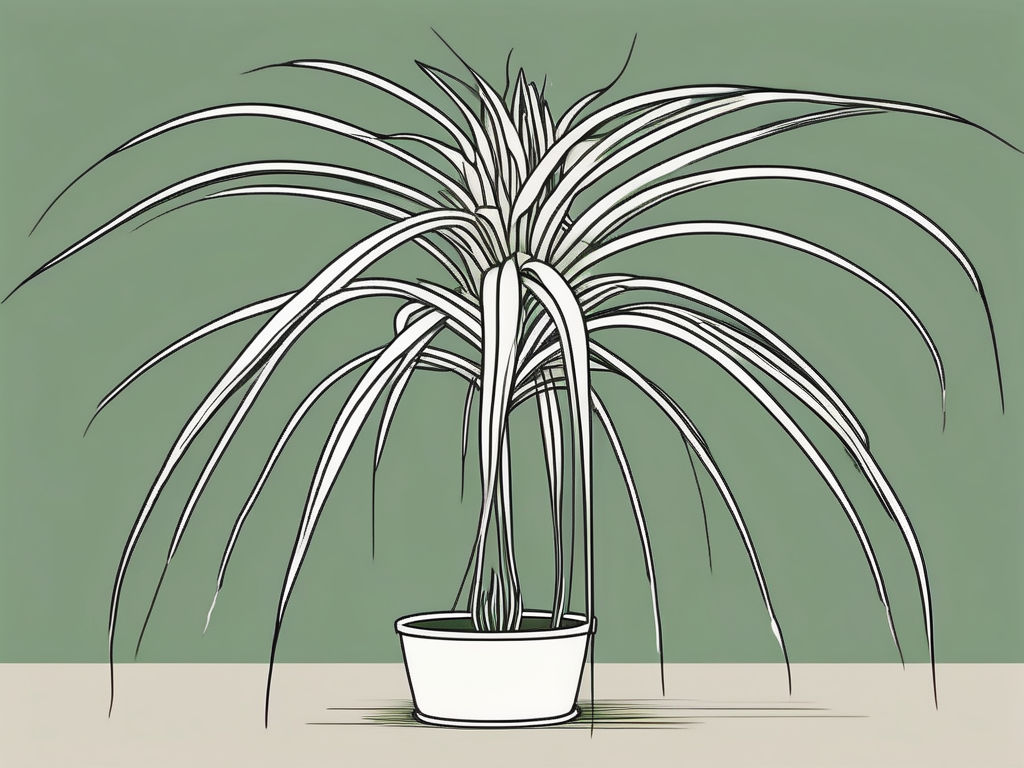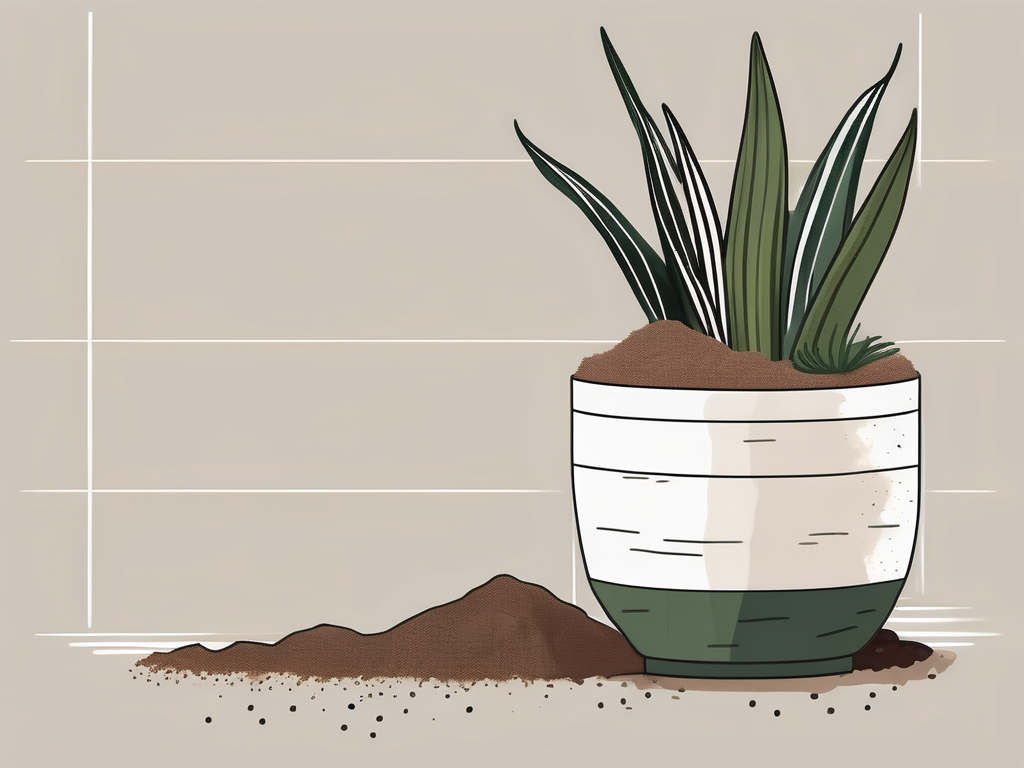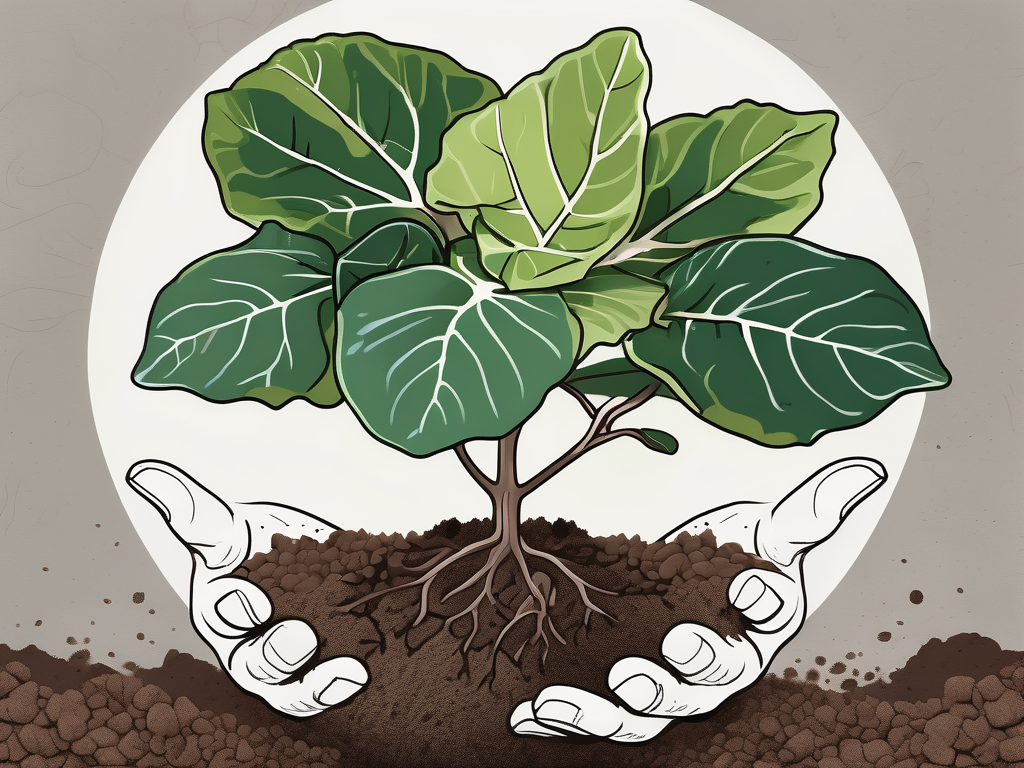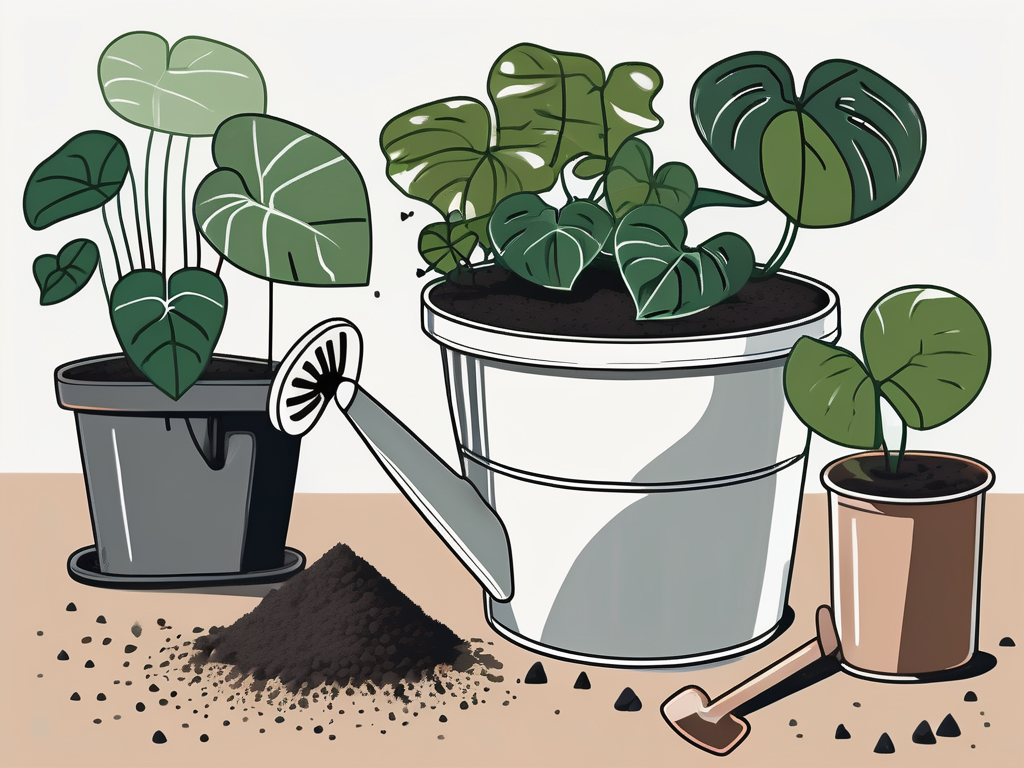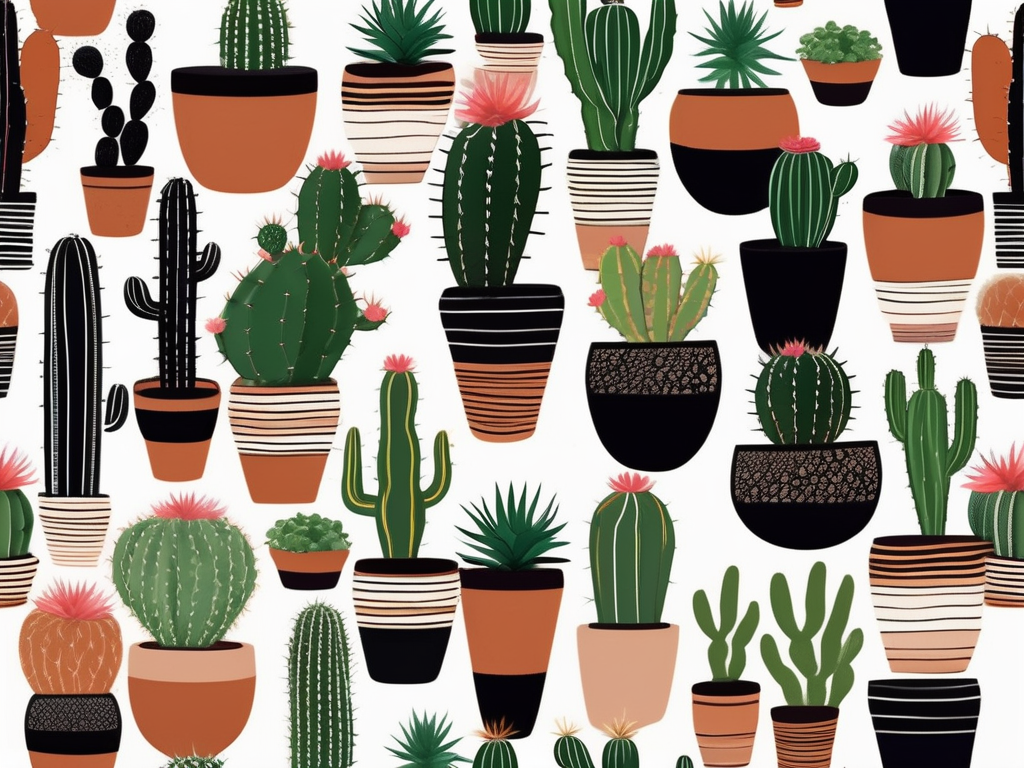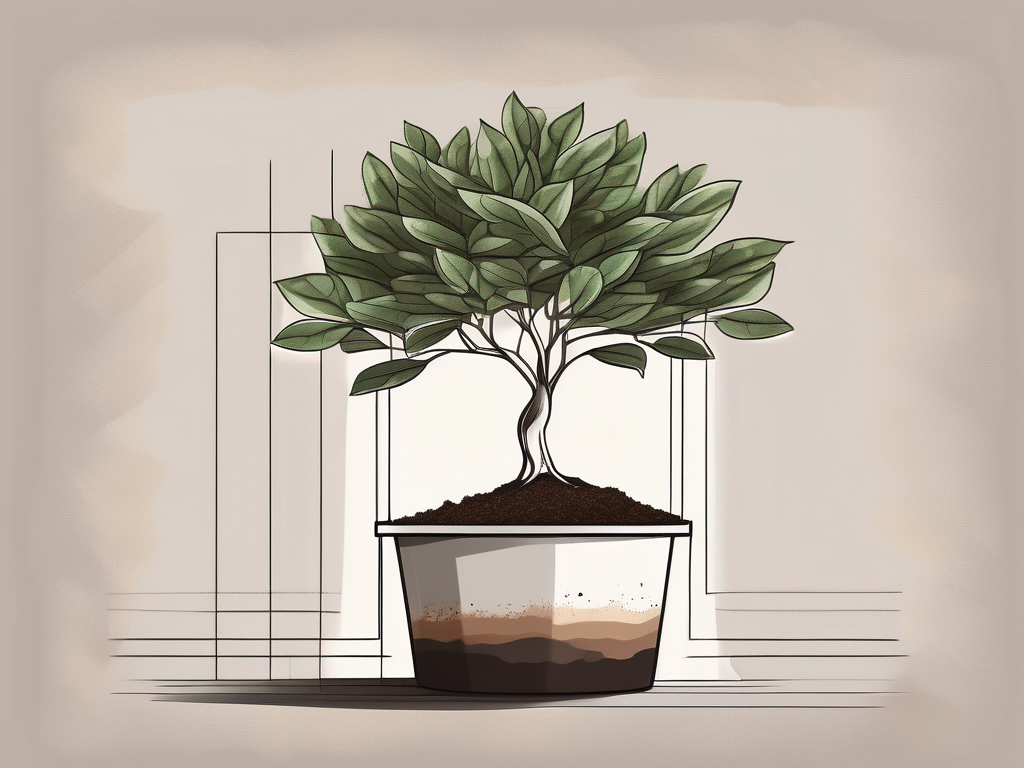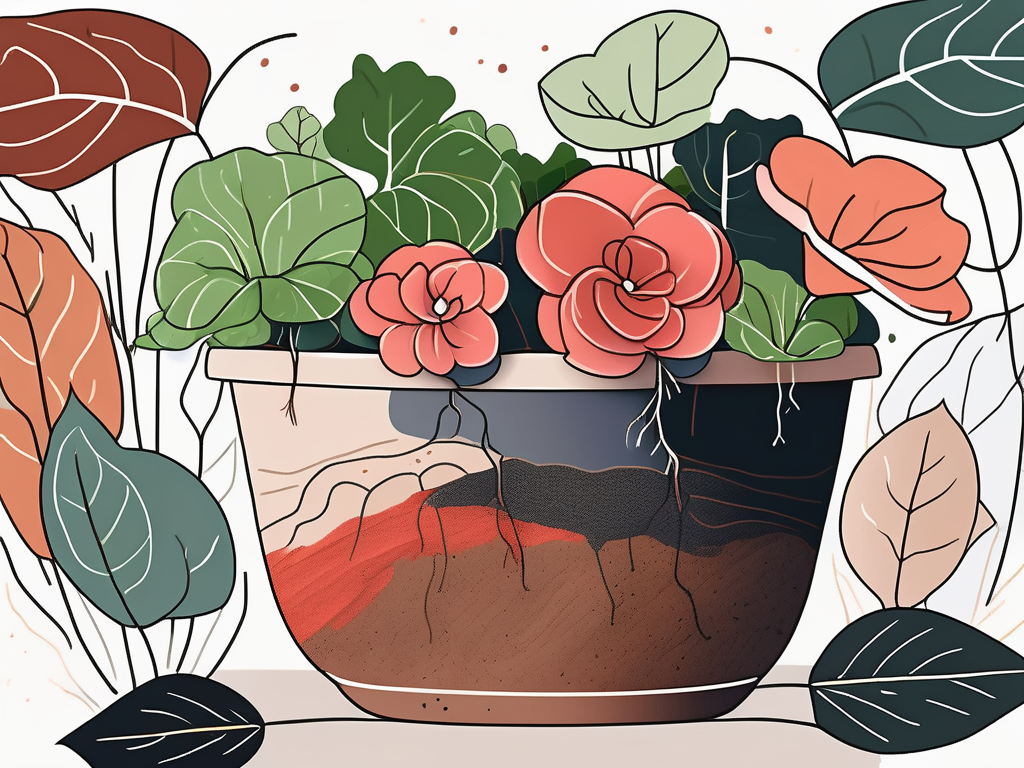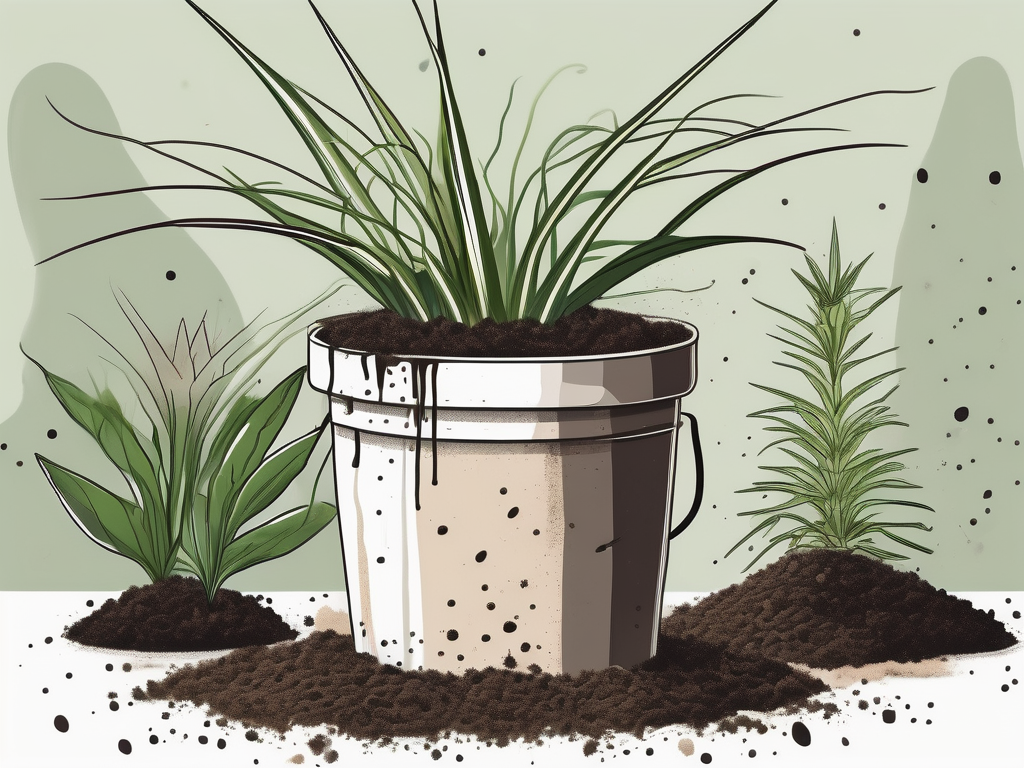
Spider plants are like the beloved pets of the plant world—easy to care for and incredibly forgiving. They brighten up any space with their cheerful green and white-striped leaves, and they're known for being quite the air purifiers too. But even the hardiest of plants need some love, and that starts with the right soil. So, if you're ready to give your spider plant the best home possible, you're in the right place.
Today, we’re going to break down everything you need to know about creating the ultimate soil mix for your spider plant. We'll discuss why the right soil matters, the ingredients you'll need, and step-by-step instructions to whip up the perfect blend. You'll also get some tips on how to pot your plant and keep it thriving. Let's dig in!
Why Soil Matters for Spider Plants
Let's start with the basics: why does soil even matter? Well, think of soil as your plant's main source of food and shelter. It’s where they anchor their roots and get their nutrients. If the soil is off, your plant might struggle to stay healthy. Poor soil can lead to root rot, poor growth, and even death.
Spider plants thrive best in soil that offers good drainage and aeration. This means the soil should hold some water but not too much. It's a bit like that porridge from the Goldilocks story—it needs to be just right. Too much water can suffocate the roots, while too little can leave them thirsty. A well-balanced soil provides the happy medium your spider plant needs to flourish.
But it’s not just about water. The soil's texture and composition also affect how nutrients are absorbed and how roots expand. Spider plants prefer a slightly acidic to neutral pH, so your soil mix should cater to that preference. Now, with a better understanding of why soil matters, let’s move on to what you'll need to create the perfect mix.
Key Ingredients for Spider Plant Soil
Before you start mixing soil like a mad scientist, gather your ingredients. The good news is you don't need anything too exotic. Most of these items can be found at your local garden center or online. Here’s what you’ll need:
- Potting soil: The base of your mix. Choose a quality, general-purpose potting soil. Look for something that's light and fluffy, not dense or compacted.
- Perlite: This volcanic glass helps with drainage and aeration. It’s those little white bits you often see in potting mixes.
- Coarse sand: Not the stuff from the beach! Coarse sand improves drainage and adds some weight to prevent the plant from toppling over.
- Coconut coir or peat moss: These materials help retain moisture without making the soil soggy. Coconut coir is a more sustainable option.
- Compost: Optional, but adding a bit of organic compost can boost nutrients.
With these ingredients on hand, you’re well on your way to mixing the ultimate soil for your spider plant. Each component brings something special to the table, creating a balanced environment for your plant’s roots.
Mixing the Soil: Step-by-Step Guide
Ready to get your hands dirty? Here’s how to bring all those ingredients together into a harmonious soil mix:
- Start with potting soil: In a large container or bucket, pour in about two parts of potting soil. This forms the base of your mix and provides essential nutrients.
- Add perlite: Mix in one part perlite. This will help ensure your soil drains well, preventing water from pooling around the roots.
- Include coarse sand: Add one part coarse sand to the mix. This not only aids drainage but also keeps the pot stable.
- Mix in coconut coir or peat moss: Add one part of either coconut coir or peat moss. This component retains moisture without making the soil soggy.
- Optional: Add compost: If you choose to use compost, add about half a part to the mix. This enriches the soil with organic matter, providing a nutrient boost.
Once you’ve combined all these ingredients, stir everything together until the mix is uniform. You’re aiming for a light, crumbly texture that holds together slightly when squeezed but falls apart easily. This mix should feel a bit like a well-prepared cake batter—not too dry, not too wet.
Potting Your Spider Plant
Now that you have your soil mix ready, it’s time to pot your spider plant. Picking the right pot is just as important as the soil. You’ll want something with drainage holes at the bottom to allow excess water to escape. Without proper drainage, even the best soil mix can turn into a soggy mess.
- Prepare the pot: Fill the bottom with a small layer of pebbles or broken pottery pieces. This helps water drain away from the roots.
- Add soil: Pour in enough of your soil mix to fill about a third of the pot.
- Position the plant: Place your spider plant in the pot, spreading out the roots gently. Make sure the base of the plant sits slightly below the rim of the pot.
- Fill with soil: Add more soil around the plant, pressing gently to eliminate air pockets. Leave about half an inch of space at the top for watering.
- Water thoroughly: Give your plant a good drink, allowing water to flow through the soil and out the drainage holes.
Once your spider plant is comfortably nestled in its new home, place it in a spot with bright, indirect light. Direct sunlight can scorch the leaves, so a spot near a window with filtered light is ideal.
Maintaining Healthy Soil Conditions
Now that your spider plant is all set up, let’s talk about maintaining that healthy soil environment. The soil mix you've just created is a good start, but keeping it in tip-top shape requires a little ongoing care.
Watering: Spider plants prefer to dry out a bit between waterings. Stick your finger about an inch into the soil—if it feels dry, it's time to water. If it’s still moist, give it a few more days. Overwatering is one of the most common problems, so when in doubt, wait it out.
Fertilizing: During the growing season (spring and summer), fertilize your spider plant every month with a balanced liquid fertilizer. In the fall and winter, you can cut back to every two months or stop altogether.
Repotting: Spider plants are fast growers, so you might need to repot them every couple of years. If you notice roots growing out of the drainage holes or the plant looking crowded, it’s time for a new, slightly larger pot.
Keeping an eye on these factors will help your spider plant thrive, ensuring it continues to brighten up your space for years to come.
Common Soil Problems and Solutions
Even with the best intentions, soil issues can crop up. Here’s how to tackle some common problems:
- Soil not drying out: If the soil stays wet for too long, it could lead to root rot. Ensure your pot has proper drainage and consider adding more perlite or sand to improve airflow.
- Soil drying too quickly: If the soil dries out faster than you can water it, mix in more coconut coir or peat moss to help retain moisture.
- Pests in the soil: Fungus gnats are a common nuisance. Let the top inch of soil dry out between waterings. You can also use sticky traps to catch flying adults.
By keeping an eye on these issues and adjusting as needed, you’ll help maintain a healthy environment for your spider plant.
The Role of Soil pH
Spider plants prefer a slightly acidic to neutral soil pH, typically between 6.0 and 7.0. You might wonder why this matters. Well, the pH level affects how well your plant can absorb nutrients. If the pH is too high or too low, certain nutrients become unavailable, no matter how fertile the soil.
Testing soil pH: You can buy a simple pH test kit online or from a garden center. It usually involves mixing a small amount of soil with water and using a test strip or probe to measure the pH.
If your soil is too acidic, you can add a bit of lime to raise the pH. If it’s too alkaline, try adding sulfur or peat moss to lower it. Adjustments should be made gradually, as drastic changes can stress your plant.
Homemade vs. Store-Bought Soil Mixes
So, should you go through the effort of making your own mix, or is a store-bought option just as good? It really depends on your preferences and how much control you want over the growing conditions.
Making your own: Crafting your own mix allows you to customize the ingredients to suit your specific plant and environment. It can also be more cost-effective in the long run, especially if you’re caring for multiple plants.
Store-bought options: These are convenient and often formulated for specific plant types, including spider plants. However, they may not offer the same level of customization, and sometimes contain fillers that aren't the best for plant health.
In the end, both options can work well, so choose what fits your lifestyle and gardening goals.
Final Thoughts
Creating the perfect soil mix for your spider plant isn't rocket science, but it does require a little know-how and a touch of effort. With the right blend of ingredients and some basic care, your spider plant will thrive and add a touch of greenery to your home.
At Cafe Planta, we love helping plant people find the right plants and accessories for their homes. If you have any questions, feel free to email us or send us a message on Instagram. We believe in the power of plants to connect people with nature and each other, and we're excited to support you on your plant journey.













